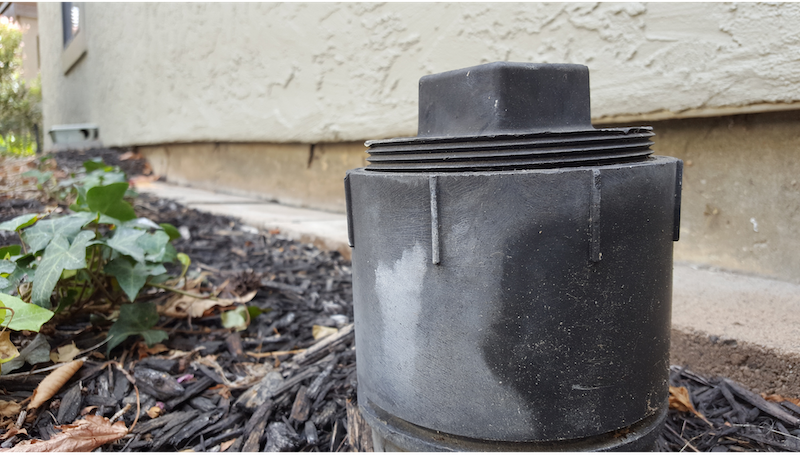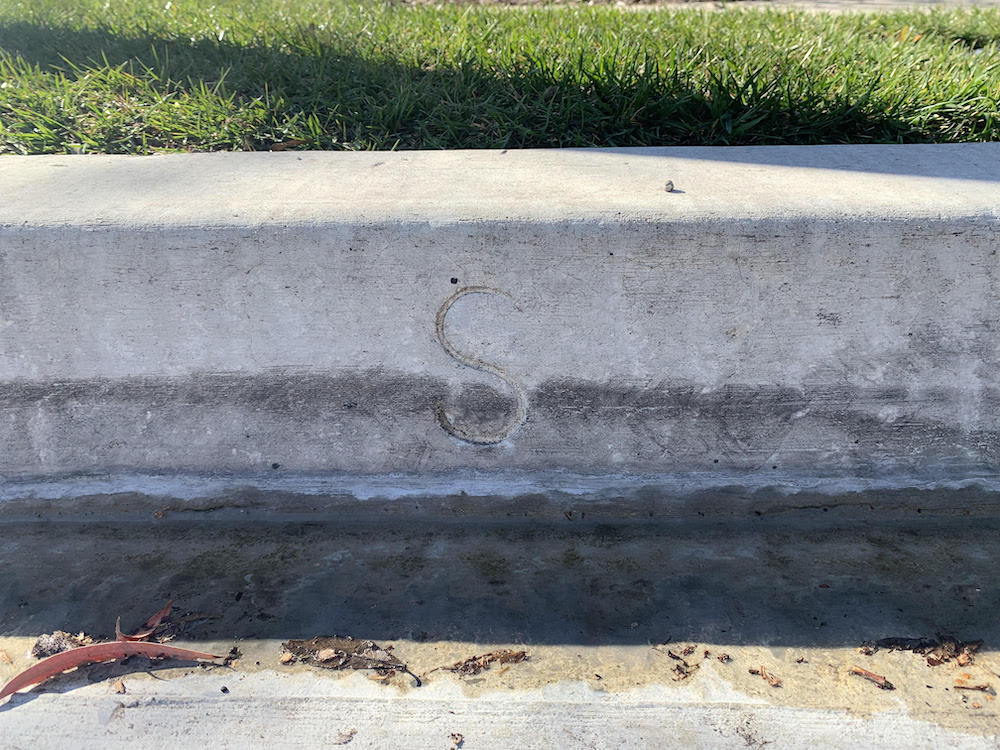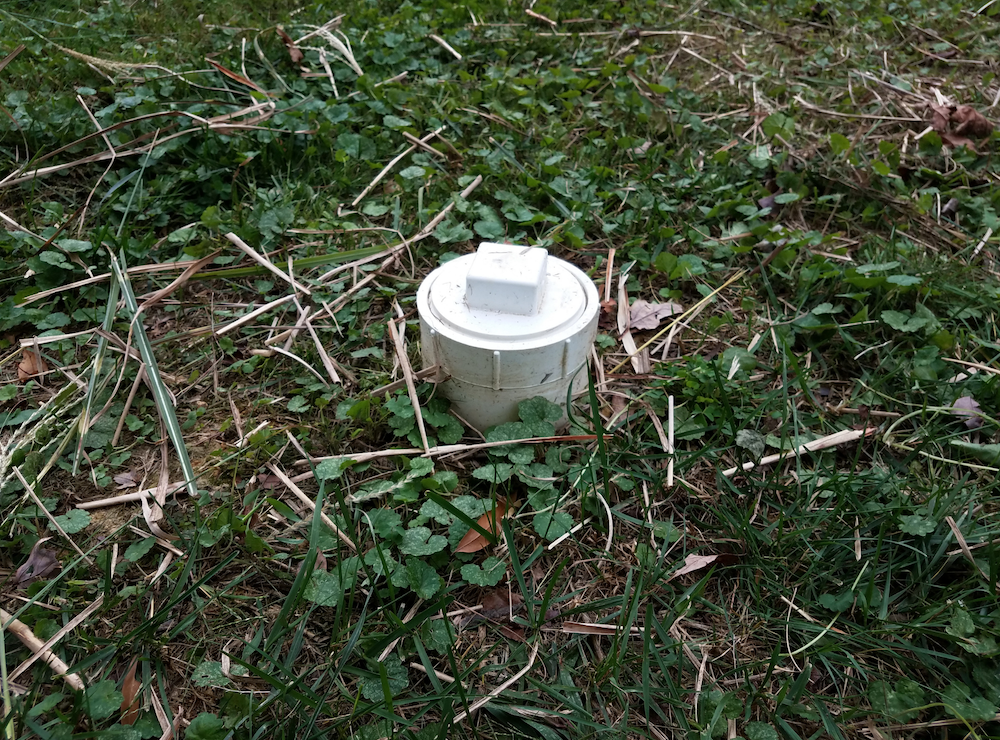What Are Sewer Cleanouts and When Should They be Used?
Drain cleanouts provide access to the main sewer line and are typically found in your front yard or backyard. Cleanouts resemble capped pipes, and they stick up out of the ground a couple of inches.
If you’re experiencing a backup in your main line, a plumber can insert a camera into a cleanout to examine the main sewer drain. This will help the plumber identify what the problem is and where the problem is before setting out to fix the issue.

Does Every Home Have Sewer Cleanouts?
While sewer cleanouts are always helpful, some homes (particularly older ones) may not have them (depending on when and by whom the house was built) or they may be well hidden. Additionally, some homes may benefit from having multiple cleanouts, depending on your sewer system. If this is the case, a plumber can install additional cleanouts in strategic locations.
How to Locate Sewer Cleanouts
As was mentioned above, sewer cleanouts look like capped pipes that come up out of the ground a few inches. It’s not always easy to find them. Often the sewer cleanout can be found within a few feet of the exterior of the house – some homes may have the cleanouts inside rather than outside.
If you’re struggling to find your cleanout, follow these tips:
Step #1 Check the Sidewalk
You’ll first want to check your sidewalk for signs. A lot of municipalities stamp the letter “S” on the sidewalk where your lateral means the municipal sewer line. You’ll then want to envision a straight line from the “S” to your residence. Often the cleanout will be on this line running from your house to the sewer main for your neighborhood.

Step #2 Check Your Foundation

If you don’t find a cleanout the aforementioned way, you can check the area close to the foundation of your house. Sewer cleanouts are typically placed close to a home when a septic system is on the property. The cap is usually within three feet of the foundation. You’ll find it between the septic tank or road and the area where your residence’s sewer line goes through the foundation into the ground.
Step #3 Check for Extra Cleanouts Inside
Some homes, particularly older homes, have indoor cleanouts. They might be located inside the outer wall or may even protrude from the outer wall. When looking, check crawl spaces, the basement, and the attic near the vent pipe area. Indoor sewer cleanouts sometimes resemble a “T” or “Y” shaped intersection with one capped side.
Benefits of a Sewer Cleanout
Some states make it mandatory to have a sewer cleanout. Your home might not have one if it’s older or if you live in a state that doesn’t require them. Consider the following reasons your property should have at least one cleanout:
- Reduce Maintenance Costs
Sewer cleanouts provide direct access to the sewer lateral on your land. A licensed plumber will easily be able to observe the water flow from all the taps in your residence.
- Less Expensive Cleaning
If you don’t have a cleanout, a plumber will need to remove your toilet to clean your sewer lines. A sewer cleanout will give a plumber easy access to your sewer lateral. The job will be faster and easier, which will ultimately save you money.
- Protect Your Landscaping
If there’s a problem with your sewer, a plumber might need to dig up your lawn to access your pipes. These odds increase if you don’t have a sewer cleanout. That said, there are less invasive “trenchless” options available as well.
How Much Does it Cost to Clean a Sewer Line?
If you opt to have a plumber clean out your drain, the cost will likely run between $100 and $1,000 depending on the type and location of the clog. The average cost, however, is in the range of $150 – $600 with an average of $250.
Snaking a drain will be on the lower end (often $100 – $250) while working on the main line will cost significantly more ($250 – $1,000) according to Fixr. If a plumber can access the backup in the main line from the sewer cleanout, the price will be lower (typically $200 – $400). If hydro-jetting is needed, the price will likely run closer to $1,000.
If the plumber needs to do any inspection work to identify the source of the blockage, this will likely increase the cost as well.